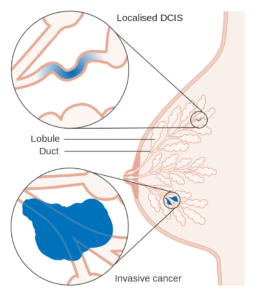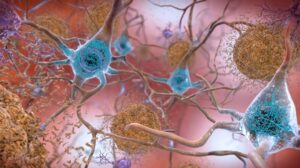Rabbit Gene Inside a Common Houseplant to Purify Air Pollution at Home

By Mousumi Biswas, Kolkata, January 6, 2019
“Home sweet home” this idiom says it all. Home is a place for one’s comfort and peace. A person remains healthy, if surrounded in a healthy, peaceful environment. Scientists of University of Washington have discovered a revolutionary way to purify indoor polluted air by modifying rabbit gene inside a common houseplant pothos ivy.
Chloroform and benzene, both causing cancer, remain suspended in air inside home, after emitted from chlorinated water and gasoline, boiling hot water, shower, fumes from the cars in garage respectively. These two toxic compounds are not much being discussed as there is no device to remove them till date. Researchers of University of Washington took this great initiative to free indoor air from such organic pollutants.
Dr. Stuart Strand, UW civil and environmental engineering department research professor and senior study author, said that this whole concept is an example of “green liver” which is because, the gene that is incorporated in the plant cell, synthesize a protein that resides in the human liver. The protein cytochrome P450 2E1 or shortly 2E1 is present in all mammals including humans, rabbits etc. and converts benzene to phenol and chloroform to carbon dioxide and chloride ions.
But unfortunately, it’s only present in our liver and only gets activated when one consumes alcohol. So, it’s utility becomes conditional. By using them inside the plant body two purposes are served together. For plants, phenol obtained can be used by plants to make cell wall components, and on the other hand carbon dioxide and chloride ions can be used to make food for plants whereas for animals the air will be purified.
According to lead author Long Zhang, the researcher selected pothos ivy “because it’s a robust houseplant that grows well under all sort of conditions” and as it doesn’t flower in temperate Pacific Northwest, it doesn’t spread via pollination. When both the modified and regular plants were experimented in each test tube, and exposed to gases, the level of benzene in modified plant’s test tube decreases up to 75 percent in eight days whereas the regular one remains unaltered. The progress in case of chloroform was much more astonishing, as its level goes down by 82 percent in three days and an undetectable level by six days.
The plants work more efficiently if placed in area where air flows. Though it’s still need to be examined whether it works outside the lab or not. Further researches by the same method, are also proposed to process other harmful organic compound, like formaldehyde, which emits from furnitures and via cooking.
Image is representation purpose only. Image is credited to Chu86happychu and Ben PL,
CC-BY-SA-4.0
Read in Bengali Version










Need an app. The articles are too good and informative. Carry on with your good work!
Dear Anirban,
Thank you for your feedback. We will bring app soon. We will also scale up this news portal. In addition of English (By default) version, you may find Bengali version of some news or articles. Stay tuned!!
Best
Neucrad Health India Team